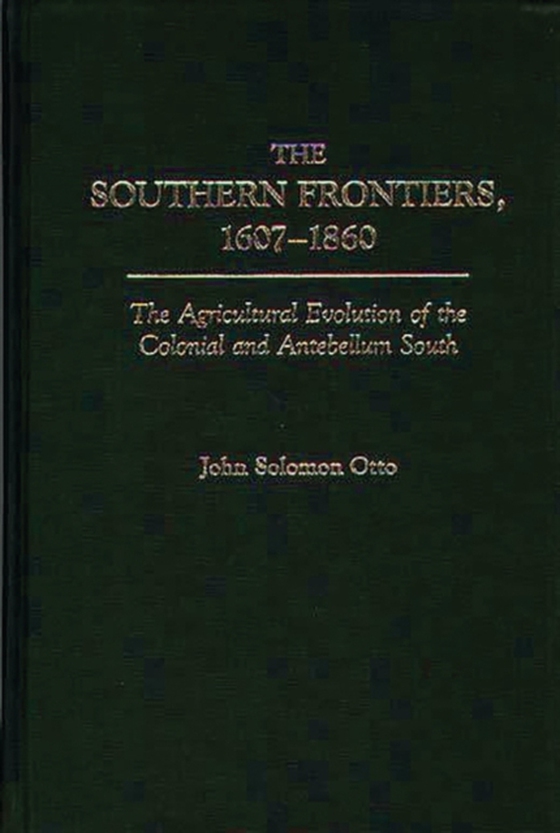
Southern Frontiers, 1607-1860 e-bog
546,47 DKK
(inkl. moms 683,09 DKK)
Although many specialized studies have dealt with the colonial and antebellum American South, very little attention has been paid to the Southern agricultural frontiers before 1860. This study focuses on agriculture, the primary economic activity and the single most important factor in shaping the South's colonial and antebellum frontiers. After examining the agricultural economy on the Souther...
E-bog
546,47 DKK
Forlag
Praeger
Udgivet
4 maj 1989
Længde
190 sider
Genrer
1KBB
Sprog
English
Format
pdf
Beskyttelse
LCP
ISBN
9780313389405
Although many specialized studies have dealt with the colonial and antebellum American South, very little attention has been paid to the Southern agricultural frontiers before 1860. This study focuses on agriculture, the primary economic activity and the single most important factor in shaping the South's colonial and antebellum frontiers. After examining the agricultural economy on the Southern seaboard during colonial times, Otto explains the economic and environmental forces that led to the expansion of upland and lowland agriculturalists across the trans-Appalachian South during the antebellum period.Although many specialized studies have dealt with the colonial and antebellum American South, very little attention has been paid to the Southern agricultural frontiers before 1860. This study focuses on agriculture, the primary economic activity and the single most important factor in shaping the South's colonial and antebellum frontiers. After examining the agricultural economy on the Southern seaboard during colonial times, Otto explains the economic and environmental forces that led to the expansion of upland and lowland agriculturalists across the trans-Appalachian South during the antebellum period. Synthesizing sources drawn from history, geography, anthropology, and folklife, Otto has added an important new dimension to our knowledge of the American South. This book is an appropriate resource for courses or studies in Southern and American history, historical geography, folklife, anthropology, and agricultural history.
 Dansk
Dansk

